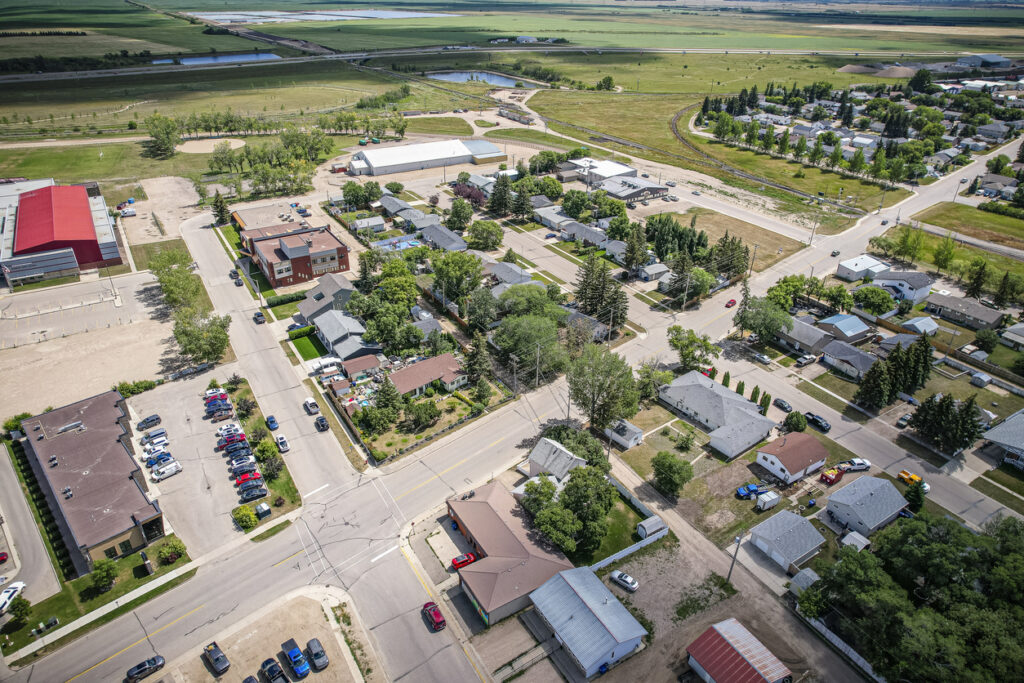Across North America, some jurisdictions realize the significant benefits of abundant broadband, yet many do not.
Some jurisdictions have the vision to see the socio-economic value of high-speed broadband. They attract and retain residents and businesses to work, live, play, and learn. They have enabled innovation, created job growth, attracted investment, and continue to transform services such as education and health care. These jurisdictions have achieved a robust, future-ready internet through extensive fibre optic networks. They successfully reach all citizens regardless of geography. They provide the capacity and capability to meet the demand as the need for higher network speeds grows. They have provided speeds of 1 Gbps and higher with a return on investment twice the installation cost.
Some jurisdictions have been on this journey for over twenty years, while others have barely started.
Why do some succeed, and others do not? Why have some succeeded in implementing and leveraging broadband, and others have not? What do successful jurisdictions have in common? What are the keys to their success?
There appears to be no magic bullet or single solution. Successful jurisdictions have five (5) common elements, or five “Cs.” These elements are Community, Collaboration, Coordination, Creativity, and Competition.
Community
Leadership in the community pushes for the infrastructure to be built and brings together governments, businesses, and nonprofit organizations to work together. Broad community support creates an environment where the infrastructure can be leveraged for socio-economic benefits. Community engagement helps develop an understanding of the value of broadband.
Collaboration
The saying, ‘There is strength in numbers,’ is appropriate. Collaboration between governments, service providers, and communities combines skills, funding, and knowledge to speed up initiatives. The results are better. Collectively, well-thought-out and effective policies have optimized the investment and resources.
Collaboration is also a key to leveraging the infrastructure to provide better social programs and improved quality of life.
Coordination
Successful jurisdictions had strong independent central coordination at the state/province level. The central group assessed community needs and worked with all service providers and stakeholders to prioritize projects. The central group had the technical skills for project planning, regulatory oversight, and procurement. Central organizations have coordinated and leveraged funding from the government, the private sector, and community organizations.
Creativity
All jurisdictions face geographic challenges in installing infrastructure, keeping up with, or even anticipating, the rapidly changing technologies involved with broadband, and dealing with the obsolescence of old technology. Those who are most successful apply creative thinking to developing new technologies and solutions and using the infrastructure to create socio-economic benefits that were previously unimaginable.
Competition
Successful jurisdictions have brought the broadband market to compete for services. The results have been improved service quality, including faster internet speeds, greater reliability, consumer choice, and better customer support.
As noted above, competition encourages innovation. For example, investments in new technologies and infrastructure improvements have led to advancements in networks, services, and end-use applications in health care and education.
Using effective procurement and smart regulations, the jurisdictions have expanded network coverage due to increased service provider investment. Consequently, service providers cooperate to improve services.
And lastly, competition across multiple service providers has driven down prices, making broadband more affordable for consumers.
Again, there are no ‘easy button’ or silver bullet solutions. Much attention is paid to technology, but success is found in how broadband is implemented, not in the technology itself.
The keys to implementing and leveraging broadband for successful jurisdictions are a combination of community leadership, collaboration across all stakeholders, strong central, independent coordination, creativity and innovation to solve evolving and complex challenges, and competition across multiple service providers.
We have written extensively about the qualities of excellent broadband installations, and there are many examples of the benefits. If you are unfamiliar with the details, please see SEDA’s website, the pages at Connected Saskatchewan, the Digital Readiness, Digital Enablement, and Digital Transformation series, and other articles at https://connectedsask.ca/.


